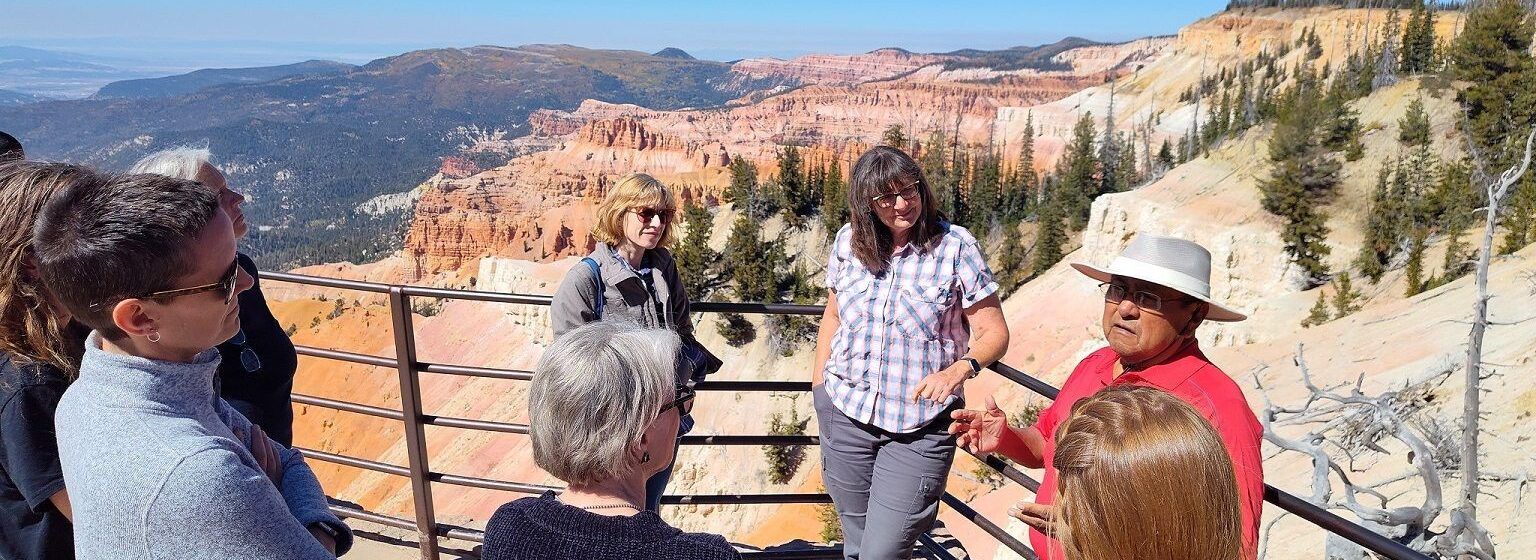Description
REVIEWS AND INSTUCTIONS
"They talk about 21st century skills being important in schools these days. Archaeology is a perfect way to teach kids how to think, how to look at things, and how to pull information from the world around them." - 4th grade teacher, Montana
"I think you get to use archaeology to teach civics and character education even. You get a chance to really engage with other people and see things from their perspective." - Middle-school teacher, Kansas
OUTLINE
Enduring Understanding |
Learning Activity |
| All people need shelter, but shelters are different from one another. | Lesson One: Knowing Shelter – Knowing People |
| We can learn about people by exploring how they build and use their shelter. | Lesson Two: By Our Houses You Will Know Us |
| Everyone has a culture and our lives are shaped by culture in ways that we may not even see. | Lesson Three: Culture Everywhere |
|
Using the tools of scientific and historical inquiry, archaeologists study shelters and learn how people lived in them. |
Lesson Four: Observation, Inference, and Evidence Lesson Five: Classification Lesson Six: Context Lesson Seven: Every Picture Tells a Story |
| Studying a shelter can help us understand people and cultures. | Lesson Eight: Becoming an Archaeologist! |
|
Stewardship of archaeological sites is everyone’s responsibility. |
Lesson Nine: Stewardship Is Everyone’s Responsibility |
|
All enduring understandings. |
Final Performance of Understanding: Archaeology Under Your Feet! |
THE LESSONS
Lessons One - Three set the stage for the unit, hook student interest by looking at contemporary shelters, and ground students in the study of cultures through archaeology.
Lessons Four - Seven teach the scientific concepts such as observation, inference, evidence, context, and classification that archaeologists use to gather, analyze, and interpret data. These tools can be used in any type of scientific or historical inquiry.
Lesson Eight is a complete archaeological investigation of a shelter which models how archaeologists analyze and interpret data. Teachers choose a regionally appropriate shelter investigation from an online database to help them teach history and social studies standards. Each investigation contains as much authentic primary data as possible for students to manipulate and analyze.
Lesson Nine shows students that everyone is responsible for protecting archaeological sites because they represent the cultural legacy of all Americans. In addition, students learn that archaeological sites can be affected when land is developed for highways, subdivisions, or mining and examine the federal and state laws that preserve sites and the information they contain in these circumstances.
Each shelter investigation includes a Final Performance of Understanding specific to the shelter studied in which students take roles in a preservation issue and debate their point of view. The performance activity shows students that archaeology is everywhere and in constant need of protection from vandalism.
All lessons and tools use a learning cycle of Uncovering Prior Knowledge, Discovering New Knowledge, Assessing Knowledge, and Reflecting on New Knowledge. Misconception Alerts designed to help teachers detect and dispel misconceptions about archaeology and scientific process are found throughout the curriculum. Assessments are performance-based and will provide students with opportunities to practice for CCSS Next Generation Assessments.
Reference:
Letts, Cali A. and Jeanne M. Moe
2009 Project Archaeology: Investigating Shelter.
Bozeman, MT: Montana State University.






